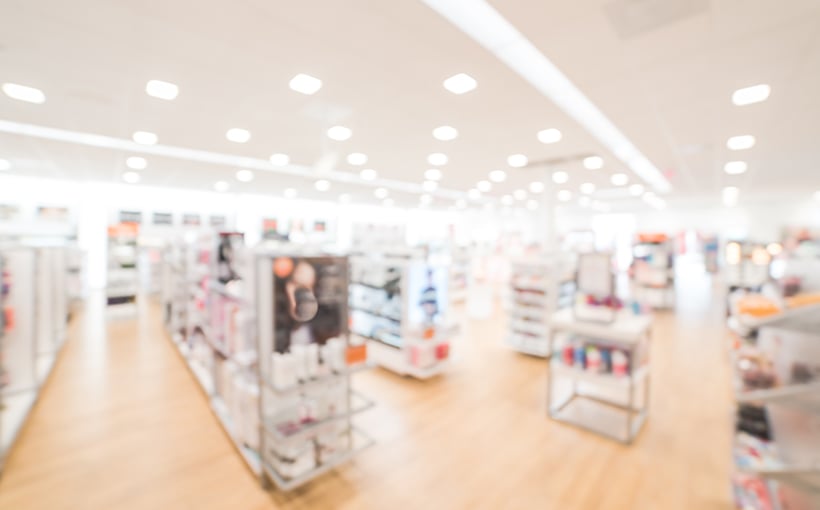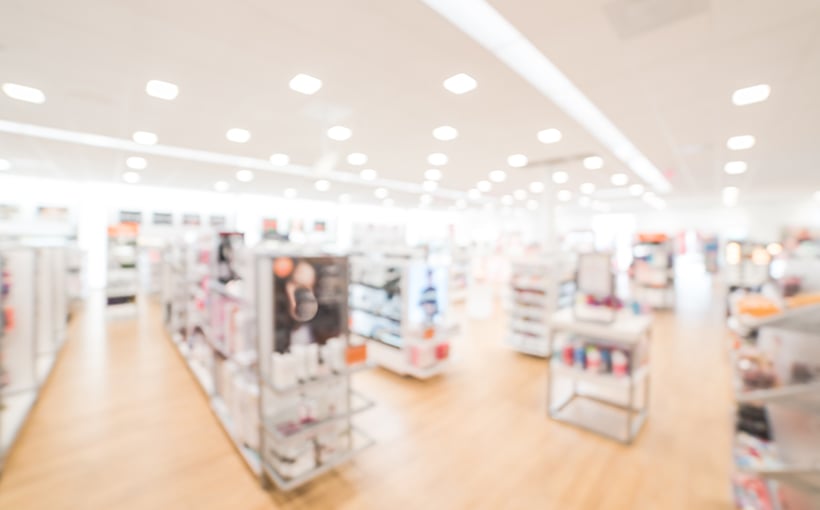### The Story Behind Fast Food, Grocery, and Beauty Demand
#### Retail Real Estate: A Market of Contrasts
Retail real estate is a study of extremes. On one hand, there is a scarcity of space and exceptionally low vacancies. On the other, a wave of bankruptcies continues to affect various sectors.
Retail, however, involves a broad range of uses, products, and services, with differing space requirements and performance metrics across industries.
According to Mark Sigal, CEO of Datex Property Solutions, the strongest merchant categories based on sales growth since the pandemic are:
– **Fast Food:** 42%
– **Grocery:** 20.1%
– **Beauty Products:** 130%
Sigal, along with other retail experts, shared insights into the trends driving these three categories.
—
### COVID, Grocers, and Fast Food
#### A Shift in Consumer Behavior
Before 2020, e-commerce was gaining momentum. When the pandemic hit, lockdowns disrupted much of the retail industry, but both quick-service restaurants (QSRs) and grocery stores thrived.
“During the onset of the pandemic, grocery stores were deemed essential businesses, leading to panic buying of products like meat and toilet paper,” explained Sean Unsell, Associate Principal with RDC. With people in quarantine, there was also a greater focus on cooking at home.
Meanwhile, fast-food restaurants adapted by leveraging their drive-through services. “People wanted to leave the house but were cautious about exposing themselves to COVID,” said Stephanie Skrbin, a retail broker with Axiom Retail Advisors.
#### Adapting to a Changing Landscape
QSRs and grocery stores had to pivot quickly. “Chipotle, Panera Bread, and Starbucks all focused heavily on drive-through models,” Skrbin noted. Chris Premac, Vice President of Coreland Companies, added, “Both grocers and QSRs had to innovate by implementing new delivery models and mobile pickups.”
For grocery stores, the pandemic became a turning point. “Many forget that when Amazon announced its acquisition of Whole Foods in 2017, the stock values of major grocery chains plummeted overnight,” Sigal recalled. “The industry was written off by many as the next casualty of Amazon’s disruption.”
However, JLL Retail Research Manager Keisha Virtue offered another perspective. Grocery chains had already been seeing strong year-over-year sales growth in 2019. While quarantines initially slowed fast-food expansion, grocery sales surged 9.4% above 2019 levels as shoppers prepared more meals at home.
By 2021, both fast food (up 18.8%) and beauty products (up 22.0%) saw a major resurgence.
—
### The Beauty Boom
#### Overcoming COVID-Era Challenges
The beauty industry—including cosmetics, spas, and salons—faced serious challenges during the pandemic. “Beauty stores weren’t deemed essential, and demand for cosmetics dropped due to remote work and social distancing,” explained Richard Rizika, partner and co-founder of Beta Agency.
Salons and spas were forced to close, and some risked fines for continuing operations. “Consumers took self-care into their own hands, buying products online and learning techniques from tutorials,” Unsell said.
#### A Post-Pandemic Resurgence
Today, the demand for beauty—alongside grocery and fast food—remains strong as consumers gradually return to normal routines. Both grocery and QSR companies have announced large-scale expansion plans, while health and beauty brands are set to open over 300 new stores.
“During the fourth quarter of 2024, demand in these sectors reflects a mix of pre-pandemic consumer preferences and evolving economic concerns,” Rizika observed. Many consumers now prioritize affordability and convenience.
Mike Philbin, Senior Vice President at Northmarq and Co-Founder of the National Restaurant Group, noted that QSRs continue to hold intrinsic value. “They thrive on smaller lots with highly adaptable footprints,” he said. “Even when a tenant vacates, hundreds of replacement operators line up due to high-visibility locations and drive-through capabilities.”
By contrast, casual dining has struggled with rising labor, packaging, and food costs. “The expense of building new restaurants from scratch has led many to focus on acquiring vacant restaurant spaces instead,” Philbin explained.
—
### Grocery and Beauty Trends
#### A Fragmented Grocery Market
Despite inflationary pressures and supply chain instability, grocery chains are performing well. However, the industry has grown more fragmented, with discount retailers like Aldi and specialty grocers like Trader Joe’s appealing to different audiences.
“In some cases, consumers want high-quality products as an alternative to processed fast food,” Unsell noted. “Social media has also driven the popularity of shopping for single-ingredient whole foods.”
#### The Role of Social Media in Beauty
Unlike QSRs and grocery chains, beauty retailers face stiff competition from e-commerce. However, brands are leveraging influencer marketing and social media to their advantage.
“Social media influencers have revitalized demand in this space, as more consumers return to social activities and prioritize self-care,” Rizika said.
Sigal pointed out that beauty retailers must carefully balance online and in-store sales. “The challenge is distinguishing between commodity beauty products, which can be bought online, and lifestyle-driven purchases,” he explained. But ultimately, “the experience of looking one’s best and feeling confident is something that only physical stores can fully provide.”
“}]]



